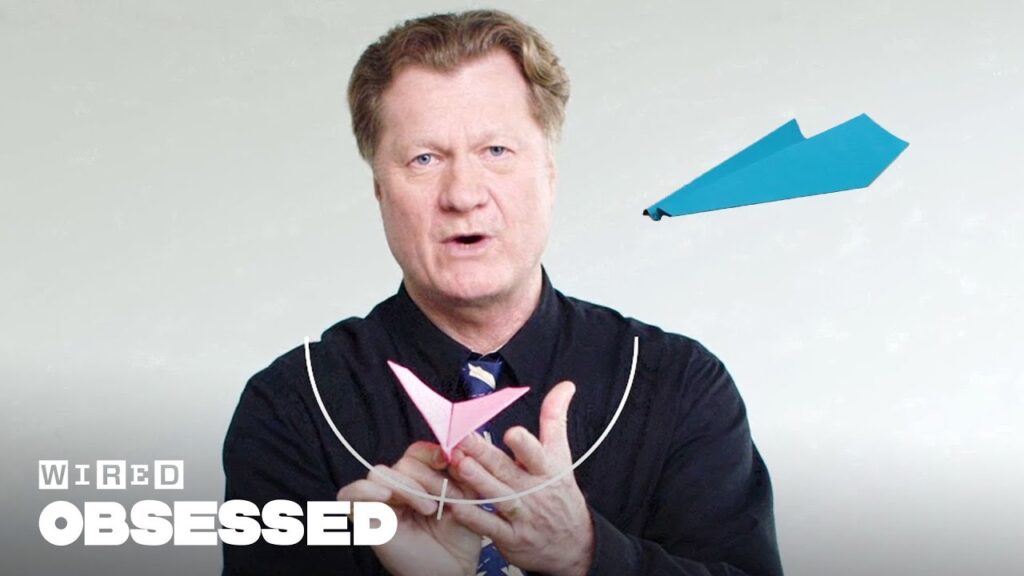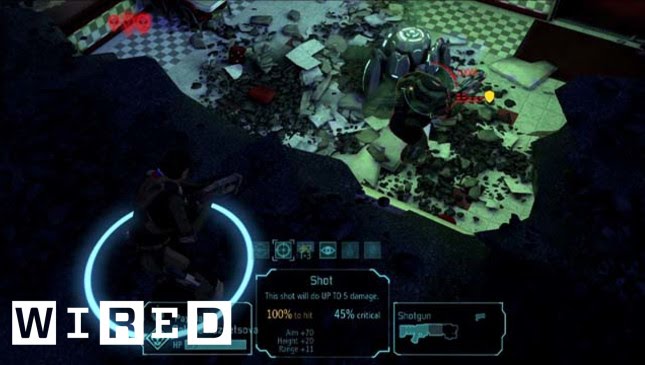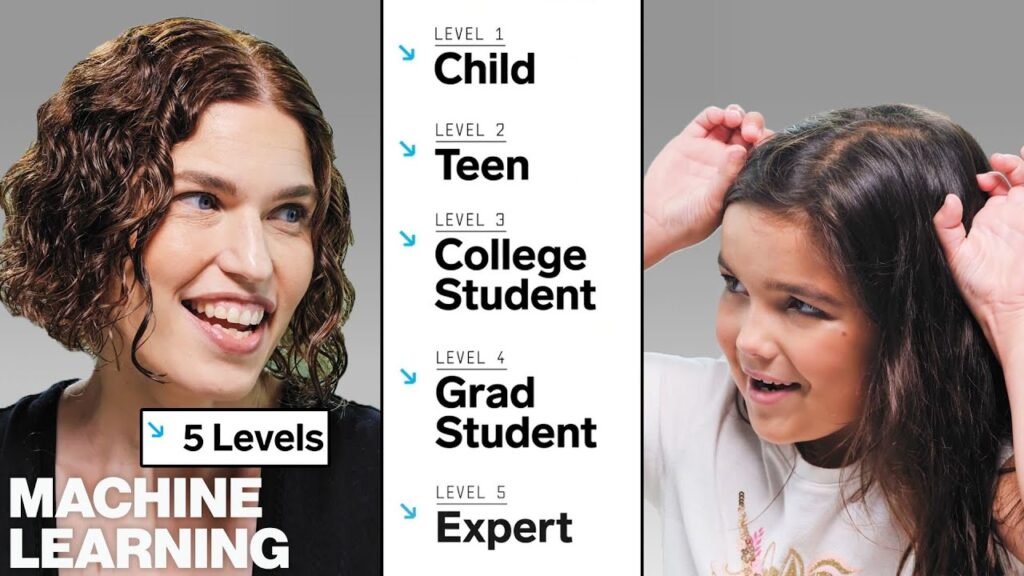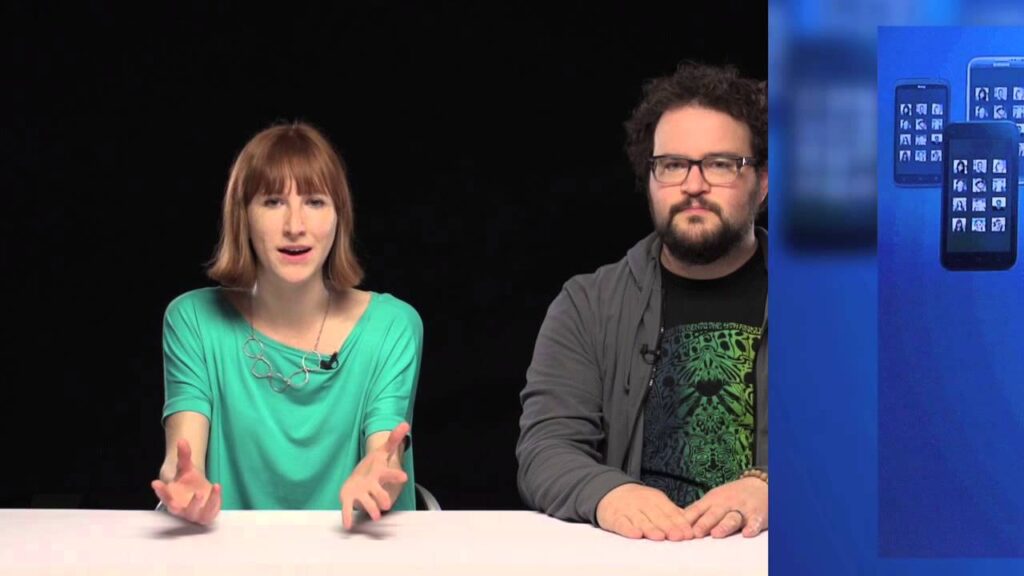Optical Illusions: How Our Brain Creates a Matrix of Reality
Summary
In this article, we explore how our brain creates a matrix of reality for us and how optical illusions can illustrate the difference between perception and reality. We discuss various visual illusions, including the moon illusion, Adelson’s checker shadow illusion, and the Hermann grid illusion, and explain how they work. We also explore the impact of experience and perspective on perception and how optical illusions can be used for good.
Table of Contents
- Our Perception of the World Is Just a Guess
- Illusions Illustrate the Difference Between Perception and Reality
- Animal Collective Album Cover Illusion
- Hermann Grid Illusion and Lateral Inhibition
- Miller-Lyer Illusion and Contextual Cues
- Magic Eye Pictures and 3D Movies
- Ames Rooms and Distorted Reality
- Optical Illusions and Their Impact on Perception
- Logos with Hidden Images
- Impossible Objects and Controlling Portion Sizes
- Experience and Perspective Play a Significant Role in Perception
- Optical Illusions Can Be Used for Good
- Conclusion
Our Perception of the World Is Just a Guess
As humans, our perception of the world is ultimately just a guess, but usually a good one, as we have evolved to navigate the world successfully. However, illusions illustrate the difference between what we perceive and what is actually out there. For example, the moon illusion makes the moon appear larger when it is close to the horizon due to a local context, and Adelson’s checker shadow illusion tricks the brain into perceiving different shades of gray. The brain creates a matrix of reality for us, which can be claustrophobic, as we may wonder what is actually out there.
Illusions Illustrate the Difference Between Perception and Reality
Visual illusions can illustrate the difference between perception and reality. The Animal Collective album cover appears to be moving even though it is not, creating a trippy feeling due to the disconnect between perception and knowledge. The Hermann grid illusion is an example of lateral inhibition in the brain, where dark spots appear where bright lines intersect. The Miller-Lyer illusion is another example, where lines of equal length appear different due to contextual cues. People with experience in drawing or art are less likely to be fooled by this illusion.
Magic Eye Pictures and 3D Movies
Magic eye pictures work by having the brain infer a third dimension from a two-dimensional image. 3D movies work by presenting two offset images to each eye. Ames rooms are another example of an illusion, where a room appears to be a normal square but is actually distorted. The extent of the distortion creates an optical illusion that makes one person appear larger or smaller than the other person in the room.
Optical Illusions and Their Impact on Perception
The largest lollipop made in India and the concept of forced perspective are examples of optical illusions that impact perception. Logos with hidden images, such as the bear in the Toblerone logo and the arrow in the FedEx logo, are also examples of optical illusions. Impossible objects like the Penrose Stairs and the Delboeuf illusion can be used to control portion sizes.
Experience and Perspective Play a Significant Role in Perception
Experience and perspective play a significant role in perception. People with experience in drawing or art are less likely to be fooled by certain illusions, while people with different cultural backgrounds may perceive illusions differently. The brain’s interpretation of visual information can also be influenced by emotions, expectations, and attention.
Optical Illusions Can Be Used for Good
Optical illusions can be used for good, such as in advertising or education. Advertisers can use optical illusions to attract attention and convey information in a creative way. Educators can use optical illusions to teach concepts such as depth perception or the impact of context on perception.
Conclusion
In conclusion, our perception of the world is ultimately just a guess, and illusions illustrate the difference between what we perceive and what is actually out there. Visual illusions can be used to explore the brain’s interpretation of visual information and the impact of experience and perspective on perception. Optical illusions can also be used for good, such as in advertising or education.







